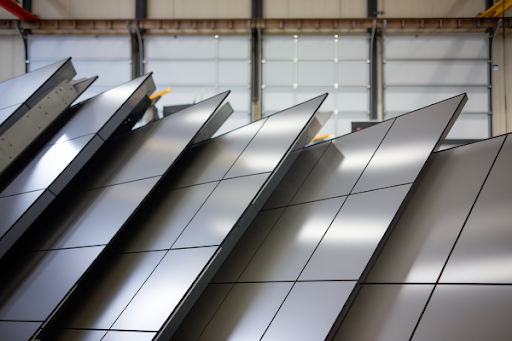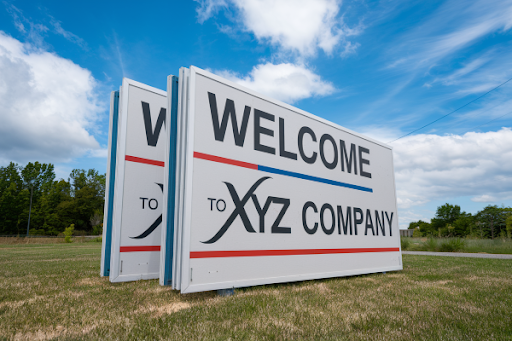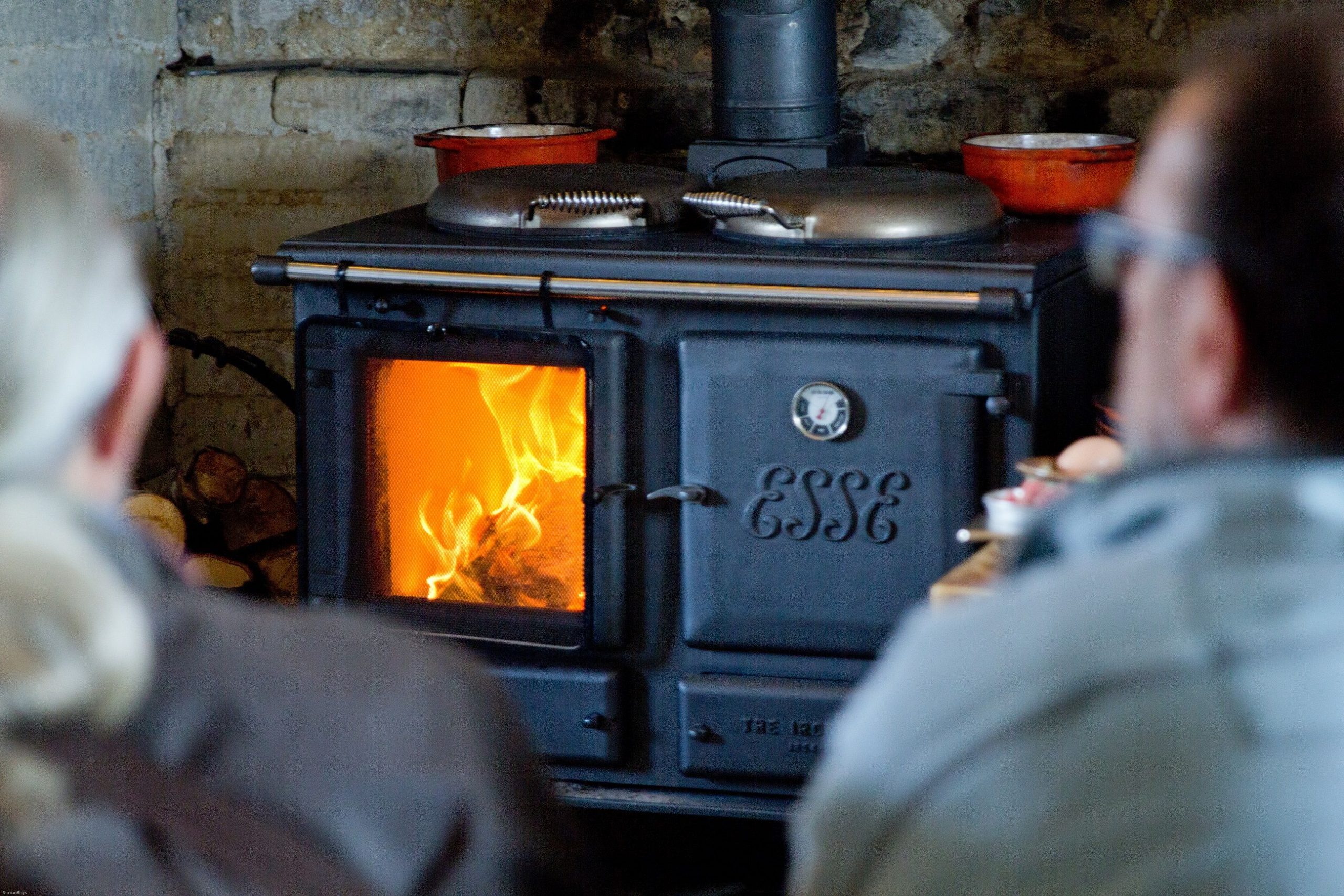Aluminum or Aluminium? What is the correct spelling?
What to Know : Both aluminum and aluminium have a long history of use referring to the metallic element (commonly used as foil to cover food). They both date to the early 19th century, stemming from the word alumina. Aluminum became preferred in the United States and Canada, while aluminium became favored throughout the rest of the English-speaking world. *courtesy of Merriam-Webster
Aluminium composite panels, or ACPs as they’re commonly known, are everywhere if you start paying attention, especially in modern architecture. From sleek office buildings to iconic storefronts, ACPs bring an unmatched combo of strength, flexibility, and visual appeal. They’re those clean, often glossy composite material panels that add a contemporary touch to everything they cover, and they’re becoming a staple in the world of construction. Here’s a dive into what makes aluminium composite panels so popular and why this panel might be the perfect choice for your next sign project.
What is an Aluminium Composite Panel?

At the end of the day, aluminium composite panels (ACPs) are pretty straightforward. They’re a sandwich of two aluminium sheets with a polyethylene core, which is basically a plastic in the middle that’s flame retardant. This layered construction gives ACPs their light weight, strength and flexibility. The aluminium composite material sheets provide the rigidity and protection from the outside, the core provides the insulation and structural support. Together, it’s a durable and surprisingly easy to work with ideal material which is why architects and builders love them.
How Aluminium Composite Panels are made
Making ACPs is a high tech continuous process where a multitude of coils of other metals are combined to get the best of each. This combination process starts with thin aluminium panels, usually 0.2 to 0.5 millimeters thick. The two aluminium sheets are treated to prevent rusting and to ensure longevity. The core made of polyethylene with fire retardant properties is sandwiched between the aluminium sheets hence the term sandwich panels. When composed or bonded, this polyethylene core contributes to the sandwich panel’s weightless and rigid nature.
Once bonded, the panel surface is coated. Most manufacturers use either PVDF (Polyvinylidene Fluoride) coating or polyester coating. PVDF is used for exterior installation as it’s highly resistant to UV rays, the panels will look fresh even after years of sun exposure. Polyester coatings are used indoors where high resistance isn’t as crucial.
Characteristics and Benefits
Light weight yet Strong
Aluminium itself is light weight but when combined with the non-aluminium core, it becomes even lighter without compromising strength, perfect for large scale construction projects. These panels are easy to install and maintain, reducing building time and cost.
Durable and Weather Proof
ACPs are designed to withstand the elements. The PVDF coating protects against color fading, chalking and corrosion. So ACPs are perfect for outdoor use, especially for high rises where maintenance is difficult and costly to access.
Fire Resistance
Safety is a major consideration in construction materials especially for high rise buildings. Many sandwich panels now have fire retardant cores which makes them less flammable and suitable for applications that requires strict fire safety codes. This is a big advantage that makes ACPs not just a stylish choice but a safe one as well.
Flexible and Versatile
These panels are very versatile and customizable, with many machining options. They can be cut to different sizes, drilled, bent and even shaped and curved, architects and designers can create unique and eye catching designs. ACPs come in a wide range of colors, thickness,es and finishes—metallic, mirror, matte and even wood like textures. If you can imagine it, there’s an aluminum composite panel that can match your vision.
Eco Friendly
Aluminium is 100% recyclable and many aluminium composite panel manufacturers in the industry use recycled aluminium in their panels. By using these panels, you’re not only enhancing the look of a building but also reducing its carbon footprint.
Popular Uses of Aluminum Composite Panels
Because of their versatility, ACPs are used in many industries and applications. Here are a few examples:
Building Facades
The most common use of ACPs is in exterior cladding of buildings. Architects love the sleek look and can be customized in any color or finish. Aluminium composite panel facades are weather resistant and low maintenance for large buildings.
Signage
Aluminium composite panels have become the go to material for signage. Lightweight and easy to cut, they can be fabricated into complex shapes and designs without adding extra weight. The durable strength of ACPs means signs made from them don’t deteriorate as fast as those made from wood or plastic which is a great advantage and important for businesses to maintain their brand image.
Interior Design and Décor
ACPs aren’t just for exteriors. They’re also making their way indoors where their modern look is used for accent walls, partitions and even ceilings. The variety of finishes—brushed aluminium, glossy or wood grain—allows designers to create unique interior spaces with minimal effort. Plus ACPs are easy to clean and maintain making them a practical choice for busy spaces like offices and commercial buildings.
Furniture and Fixtures
ACPs are also used in furniture design, especially for modern industrial style pieces. Weightless but durable they are good for cabinets, shelves and tables, giving furniture a sleek look without the high cost of solid aluminium.
Transportation
From train interiors to airplane partitions, ACPs or sandwich panels are used in the transportation industry because of their light weight and strength. Their flexibility and ease of fabrication makes them a perfect choice for complex shapes and custom applications in confined spaces of vehicles.
Quality and Performance
Aluminium composite panels have many advantages over other materials, weathering, corrosion and shock resistance. Lightweight yet strong, easy to handle and assemble. Polyethylene core and aluminium sheets provide excellent thermal and acoustic insulation, used in construction, architecture and automotive. The quality and performance of the panels makes them suitable for ventilated façades, signage, cladding, insulation and decorative elements. Versatility and durability means every sheet meets modern architecture and design.
Choosing the Right ACP
With so many options available, choosing the right sandwich panels for your project can be confusing. Here are a few things to consider:
If you’re using ACPs outdoors, look for panels with PVDF coating for UV resistance. For indoor applications, polyester coating may be sufficient and can save some cost. If your project requires fire resistant material, make sure the ACP has fire rated core. The thickness of the aluminium composition layers and the core material can vary depending on the application. Thicker panels are more rigid, more thickness is better for high impact areas or large installations. Thinner panels can work for signage or indoor applications.
Conclusion
Aluminium composite panels combines the best of both worlds, the durability and weather resistance of aluminium with the light weight and flexibility of a composite core. They give designers and architects the freedom to create ambitious designs without compromising on durability and quality. Whether you’re working on a high rise office façade, a sign or interior decor, ACPs are worth considering.
As construction evolves and designers look for sustainable and stylish materials, ACPs will continue to grow in demand. ACPs have many advantages over other solutions in the market. They not only look good, they perform long term.
Discover top aluminium composite panel solutions to enhance your space’s aesthetics and functionality. Read the article to transform your environment today.







